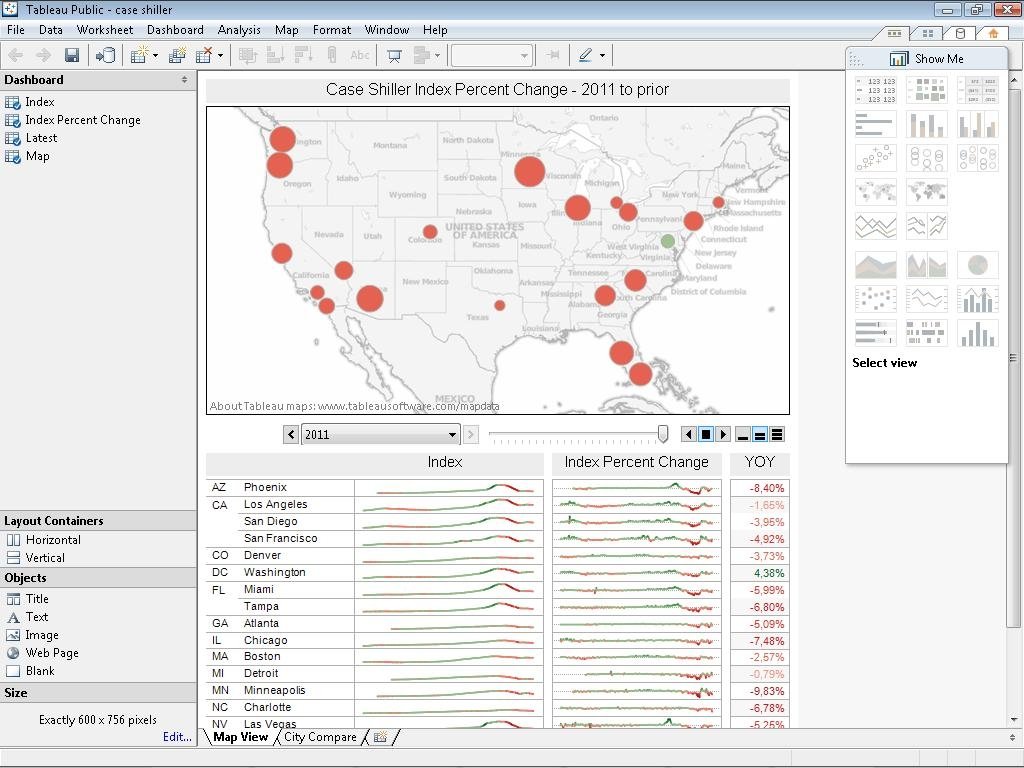
Here’s how the quadrants change once we include the players who didn’t score goals: So the “Team Average” wasn’t exactly the team’s average, but that of the players who scored. Once I incorporated Eva’s quadrant idea, the scatter plot was showing average lines that ignored NULL values. Tableau warned me about it, but I successfully ignored it at that point: In my case, the players who didn’t make any shots or goals were absent from the data. When I initially built the view, I wanted to focus on the players that make goals.īut the team has players take shots and don’t score any goals. If you can, good for you! I’ll tell you anyway: there’s a problem with the average lines. So I posted this, and after a while, the critical part of my mind kicked in. Or dividing the scatter plot into four areas by average lines: I implemented the feedback everything was peaches and cream!īut like Columbo always says, there was one more thing … I think it’s an elegant and unobtrusive way to avoid confusion for readers. My solution was to add a tiny scatter plot showing the synchronized axes. So, to avoid any confusion and to let the data speak, I tried to make the best out both sides of the story. And the successes will always be smaller than the number of trials. You can’t have goals without shots or successes without trials. In my case, the goals are directly related to chances. The author discusses a similar situation: Cleveland, The Elements of Graphing Data (published in 1985) “Choose the scales so that the data fill up as much of the data region as possible.” I did some more research on the topic and found some great advice in an old book (one of the best). This would have probably worked better with closer scales, but I don’t think it applies to my case. Eva came up with a cool idea to fill it up with insights:

Martin Buchheit stirred up the conversation a bit, asking about the blank space. My initial insights were not so visible anymore.

I did a quick iteration to see how it would look:Īs you can see, it didn’t look right. The first one being that the axes are not synchronized. So I posted the thing on social media and got some comments on it. Now let’s move on to the juicy part! Initial feedback: Synchronised Axes This type of analysis can be applied to lots of different fields such as: I also sized them up by time played to dim down the importance of players who weren’t involved too much in the season. The reddest dots push our attention to the players that are not performing very well. In my example I thought it might be useful to color the dots by a performance metric (shots per goal). Not super helpful for making accurate comparisons, but handy to guide our audience’s eyes. I felt the need to add additional context to this scatter plot via size and color. My hunch was that the players who make the most goals are the ones that take the most shots.Īnd the chart is supposed to show that I was right!įrom the looks of it there seems to be a linear or even an exponential correlation between the two variables: The purpose of this visualization is stated in its title. The X-axis value represents the total number of shots the player has taken in a season and the Y-axis the number of goals scored. Their positions are the most important part of the graph. Let’s start by looking at a visualization I created for MakeoverMonday about Arsenal player stats.ĭon’t worry if you don’t know anything about football/soccer! We can manage without any knowledge of the topic.Įvery dot represents a player. It’s beneficial for spotting outliers as well. The scatter plot is an excellent chart type to visualize correlations between two variables.

I believe we should try to collect relevant ideas from other people’s opinions and use them to improve. The ability to not take feedback personally is essential! What I love about Tableau Public is that we can let visualizations fly and observe how people react to them. I have the bad habit of revisiting things I’ve built with a critical eye.


 0 kommentar(er)
0 kommentar(er)
